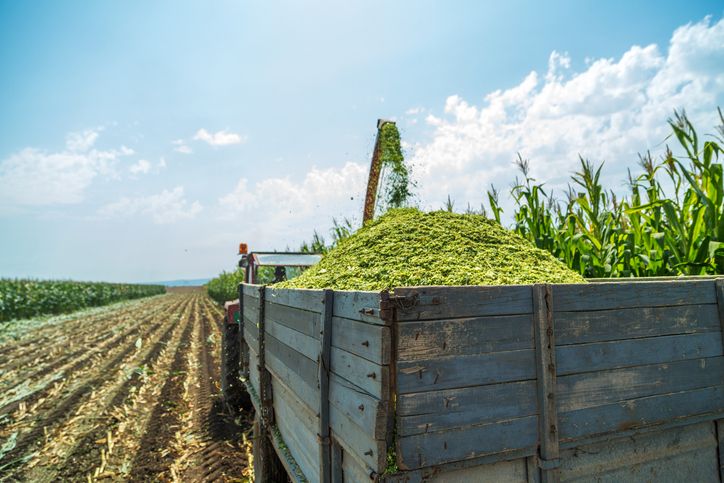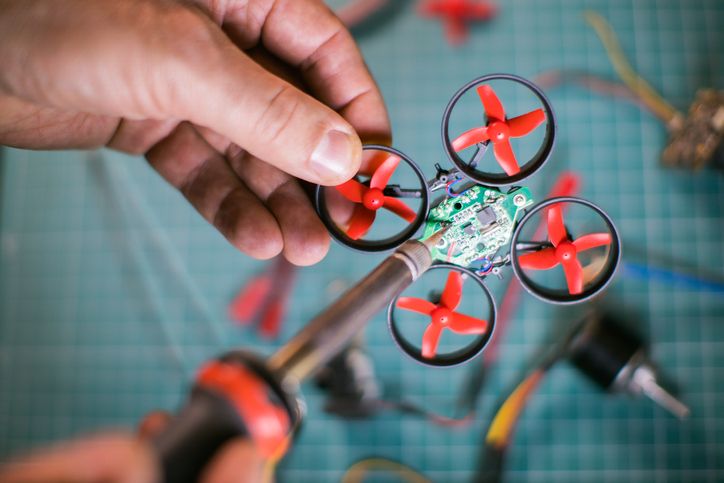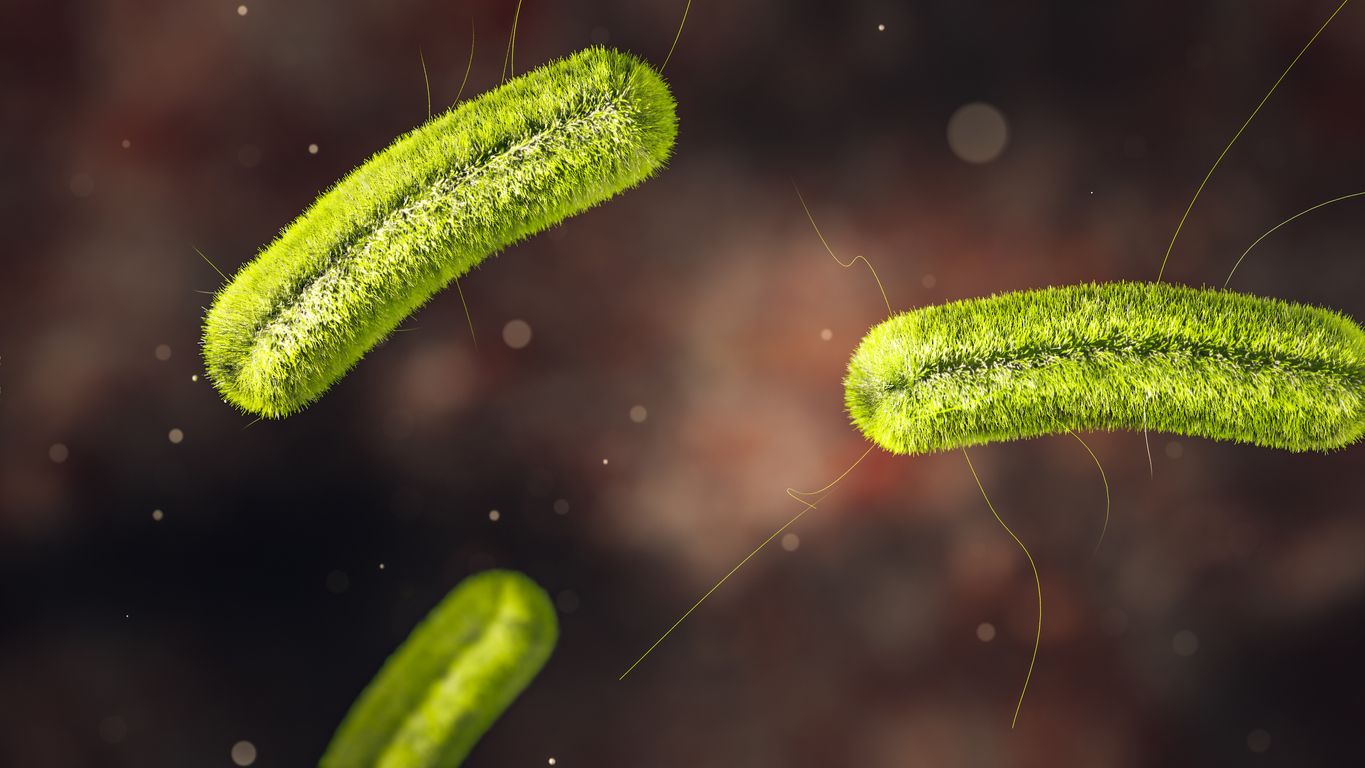Projects
Supporting innovative, cutting edge ideas, the Research Innovation Fund (RIF) provides seed grants for cross-college collaborative projects.
How do I apply?
Project Description
Media
Filters
- Project Types
- All
- Animal Health
- Aquaculture
- Automation and Robotics
- communities
- Communities/Farmers/Relations
- Computational Modeling
- Controlled Environment Agriculture
- Crop Production
- Dairy/Livestock Production
- Data Integration and Processing
- Farmers
- Farmers, Communities, Relationships
- Food Safety
- International Agriculture
- Iot and Networks
- Machine learning
- Machine Learning
- Plant Breeding
- relations
- Sensing Technology
- Soil
- Trustworthy AI
- Years
- Project Creators

Spectral Prediction of Deoxynivalenol (DON) in Maize Grain, Rachis Tissue, and Silage
Deoxynivalenol (DON) is a secondary metabolite or mycotoxin produced by Fusarium molds. DON contamination in maize poses a major threat to food and feed safety. Conventional detection of mycotoxins involves time and resource-intensive chemical assays. Inexpensive and non-destructive methods for detecting DON based on the spectral properties of grain have shown promising success at various prediction tasks. Grain-based models, however, may not be effective for assessing silage, which consists of mixed maize tissues. Available evidence suggests that the maize rachis can harbor much more DON than grain, but rachis tissues have not been included in spectral models for DON detection. Models that leverage spectral data from both grain and rachis tissue could enable cost-effective DON surveillance in maize silage. To assess the extent of this applicability, we will acquire diverse silage samples from local dairy farms. This model’s performance will suggest how specific our rachis and grain wavelengths are to DON in general, and in turn, how applicable they may be to silage samples.
Chloe Siegel (GR-CALS), Primary Advisor: Rebecca Nelson (CALS), Secondary Advisor: Daryl Nydam (CVM)

Engineering Real Weather Wind Tunnel for Experimental Agriculture at Field Scale
Corn earworm (CEW) is an annual pest of NY sweet corn crop. NY is one of the largest producers of sweet corn with a production value of $37 million. Monitoring is the best defense against CEW, helping growers determine the insecticide application timing. Current monitoring practice relies on trapping using a pheromone lure. However, the connection between trap catches and in-field counts is imperfect. To make the correlation stronger, we need a better understanding of how pheromone spreads in the cornfield under realistic environmental conditions and how CEW responds to the pheromone. This summer we will specifically focus on understanding how wind condition changes the pheromone distribution by building a wind tunnel array and measuring the pheromone’s spread. This will provide a valuable pesticide usage guideline for growers, allowing for well-timed use of pesticides informed by improved CEW monitoring, which can reduce yield loss and limit the unnecessary application of pesticides, thereby benefiting both the growers and our environment.
Jena Shields (GR-COE); Chris Roe (COE); Jennifer Thaler (CALS)

Berry Construction
Tackling high throughput plant phenotyping, the Berry Construction project aims to bridge the quality advantages of structured laboratory 3D reconstruction and the scalability of outdoor, small-scene reconstruction with a scalable, low-cost 3D scanner. While fluoroscopy analysis from 2D images has garnered much success in plant phenotyping, such analysis in 3D is largely unexplored. In 3D reconstruction, plants pose as challenging subjects from which extracting high quality geometries and textures is difficult. Using an ensemble of cheap cameras like Pi v2 cameras to synchronously capture images, we aim to overcome reconstruction artifacts like phantom limbs and lighting inconsistencies commonly found in-field methods. In the long run, we plan to deploy a fully active perception phenotyping system through a swarm of microdrones which we hope will substantially reduce the total pesticide residuals which can have negative effects on the environment and biodiversity
Jonathan Moon (GR-CALS); Yu Jiang (CALS); Tapo Bhattacharjee (CIS)

Optimized pathogen environmental monitoring program in food processing facilities through reinforcement learning and privatized federated learning algorithms
The key challenges in pathogen environmental monitoring programs stem from the high cost in testing and experimentation, the high risk in contamination and outbreak, and the reluctance of individual facilities to share data due to privacy and liability concerns. This project uses Listeria monocytogenes contamination in food processing facilities as a model to develop new digital-twin models augmented with privacy-guaranteed machine learning solutions for food safety assessment. This proposed integrative framework will provide optimized allocation of testing resources, risk-averse prediction of effective corrective measures, and privacy guarantees to incentivize data sharing among stakeholders and be used as a model for future food safety systems.
Renata Ivanek (CVM), Martin Wiedmann (CALS); Jayadev Acharya (COE), Qing Zhao (COE)

In silico prediction of spoilage phenotypes using metagenomics approaches
Models are an effective tool to assess microbiological spoilage in food systems. Accurate identification and phenotypic characterization of spoilage bacteria can aid in the construction of these models. This project focuses on the development of an in silico method to predict spoilage phenotypes based on allelic types (ATs) allowing for quick identification of bacterial characteristics that influence spoilage. A database built from collected data from spinach and milk will allow for rapid assessment of spoilage phenotypes in food products using targeted sequencing methods.
Syria Sunil (GR- CALS), Primary Advisor: M. Wiedmann (CALS), Secondary Advisor: Renata Ivanek (CVM)

Knowledge, Health, and Social Drivers of Frozen Vegetable Consumption in Women of Childbearing Age
Consumer behavior, and regulations that anticipate that behavior, are integral components in food safety and disease prevention. Listeriosis, caused by food-borne pathogens, is particularly concerning in pregnant women and can cause miscarriage and fetal death. There are currently no FDA guidelines regarding Listeria monocytogenes (LM) contamination in frozen foods. This research investigates how women of childbearing age prepare frozen vegetable products to assess consumer behaviors that could be risky for LM exposure. To study frozen vegetable preparation and what factors influence this behavior, a questionnaire survey will be developed and distributed using the Google Survey Methodology (after obtaining research approval from Cornel IRB).
Hannah Rosenthal (UG- CHE), Primary Advisor: Renata Ivanek (CVM); Secondary Advisor: Alan Mathios (CHE)
- ALL
- Computational Modeling
- Data Integration and Processing
- Machine Learning
- Automation and Robotics
- Sensing Technology
- Iot and Networks
- Trustworthy AI
- Plant Breeding
- Crop Production
- Controlled Environment Agriculture
- Soil
- Dairy/Livestock Production
- Aquaculture
- Food Safety
- Animal Health
- International Agriculture
- Communities/Farmers/Relations
Become a Fellow
Stay up to Date
If you have a disability and are having trouble accessing information on this website or need materials in an alternate format, contact [email protected] for assistance.
CIDA Copyright 2023 | CIDA is an equal opportunity employer | Terms of Use | Privacy Policy